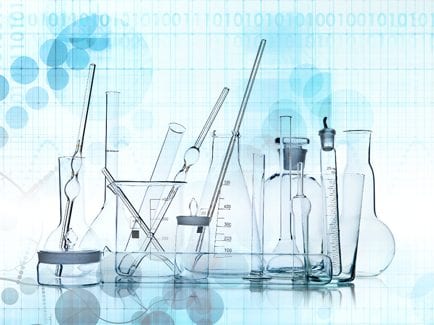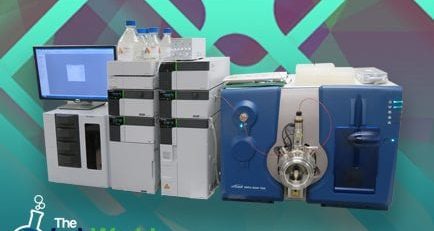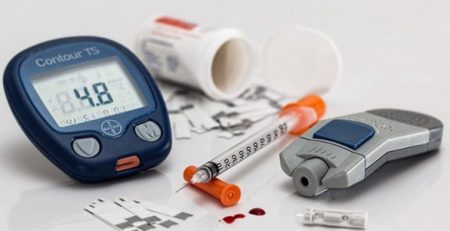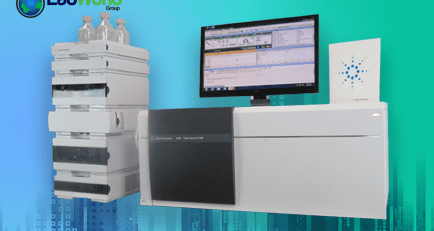How to Start Your Own Lab
Starting your own lab is no small task. While these days, many research and development centers are associated with already well-established organizations such as the Mayo Clinic for example, there are still many laboratory entrepreneurial ventures that hope to grow into a full-fledged business. But where to begin?
Before you start scouting locations, hiring personnel, or even attempt to find funding, it’s imperative that you develop a business plan. Your laboratory start-up plan should include an executive summary, which spells out your experience, background, what lead you to start this business, and how it will be successful. This is the section where you are tasked with convincing your reader that your lab start-up business will succeed in your target market. A company description, market analysis, organization/management section, service/product line section, and funding request section should all also be included.
The next step is to secure financing. Many research and development entrepreneurs secure seed funding from personal resources, or the resources of friends and family. This initial funding will pay for renting lab space, the equipment required to get the lab up and running, employee salaries, administrative overhead, insurance, and fees. Picking a prime location to open your laboratory is also very important. Being located near high-quality colleges and universities allows for a strong job pool to select from, as well as the potential opportunity to develop beneficial partnerships and relationships. Also ensuring that your start-up lab is commutable for those who do not live nearby is also an important aspect of the elected location to consider.
Once the location has been secured, it’s time to start staffing your lab appropriately. Make sure you are aware of all employment and labor laws, which may include offering employee benefits, writing effective job descriptions or providing tools such as employee handbooks. Once everything is in place, it’s important to continuing to keep a watchful eye on everything to ensure your lab is successful. That includes managing every penny of your precious startup funding. One way to keep costs down when starting your own lab, especially in the beginning is to source high quality, tested used lab equipment. Buying gently used second hand lab equipment not only costs a fraction it would be new, you’re retaining more of your start-up capital, protecting the investment in its early stages. This will help you make sure you can find more funding as the lab grows and expands, helping you make the move from start-up lab to full-fledged business.














